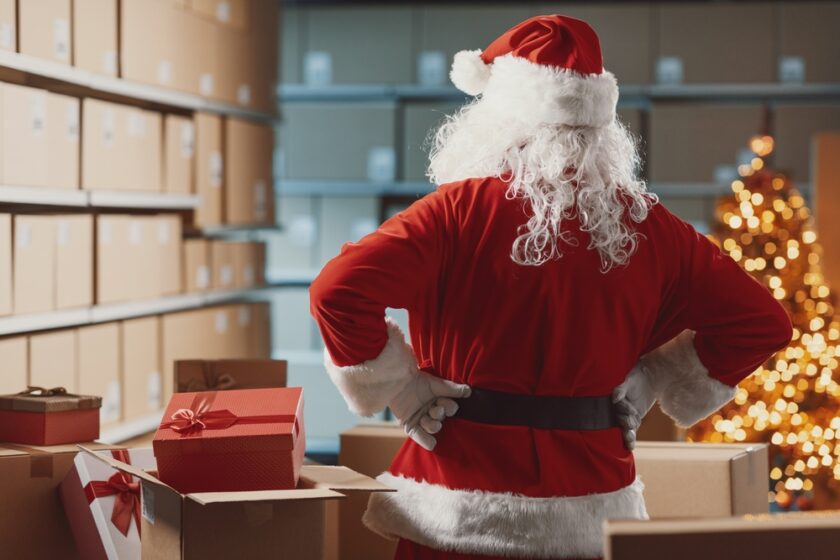When you consider the graphics you encounter daily, there are many you never give a second — or third — thought to. Hotels are probably at the top of that list. Think about it: when was the last time you stopped and thought about what it took to create the spaces you move through as you interact with a hotel? The lobby? The rooms? The event spaces? The signage? Someone produced all of it — and that someone was likely a wide-format printer.
Each of those spaces, and others, requires the right expertise, the right equipment, and the right team to execute the brand’s creative vision. Each one of those spaces has its own opportunities and challenges.
Lobbies & Rooms
When you think about hotels, the first graphics that come to mind are those in the main spaces everyone encounters: the lobby and the guest rooms. One company doing quite a bit of work in that space is Image Options, based in Foothill Ranch, California.
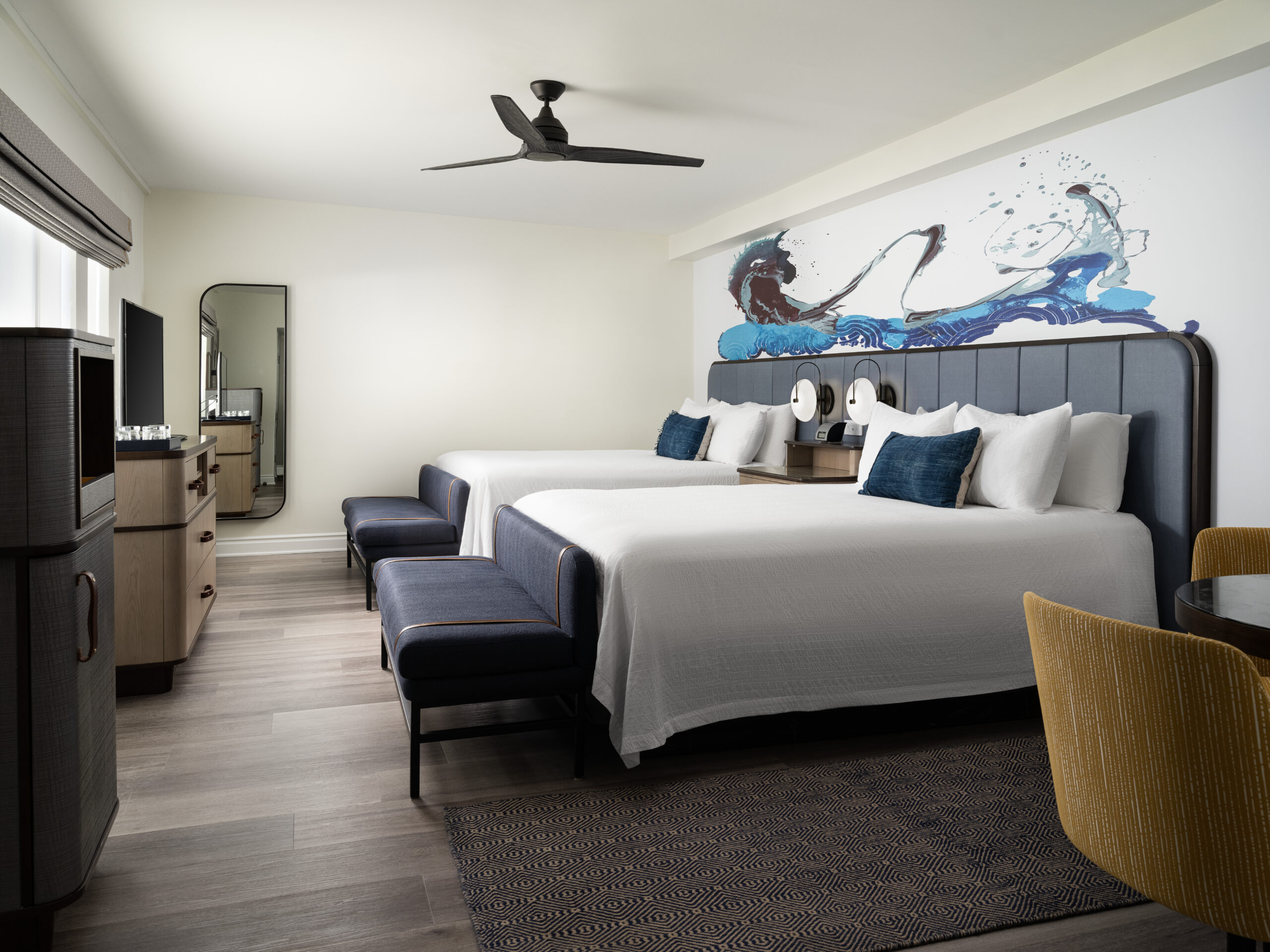
Brian Hite, principal and co-founder, notes that getting into the hotel space wasn’t the company’s initial goal. They approached it from a completely different direction. He says, “We first started producing work in the early 2000s for various local artists, scanning and printing photographic — signed, limited-edition reproductions of original art. This work caught the attention of design and art placement firms contracted to provide artwork throughout hotels and venues.”
That, in turn, led to “everything from the artwork in guest rooms and suites to artwork in common areas and lobbies of hotels, as well as wallcoverings throughout,” Hite says. However, in 2017, with the acquisition of Splash Images, Hite notes things took off.
“Splash Events had begun working with many general contractors and architects to supply design and build services for many of the top tech companies in the Bay Area. We then grew that team, at both Splash and Image Options, to expand in what we saw as a growing market opportunity, hiring specialists in architectural project management, design, and engineering to support the requirements of these projects.”
Today, he notes, the company’s most common projects include wallcoverings and fabricated art installations throughout a property that help bring a brand vision to life and create the overall experience a hotel is trying to convey to its guests. And that includes more than just the prints. Hite notes that jobs can include wood, metals, animation, and lighting.
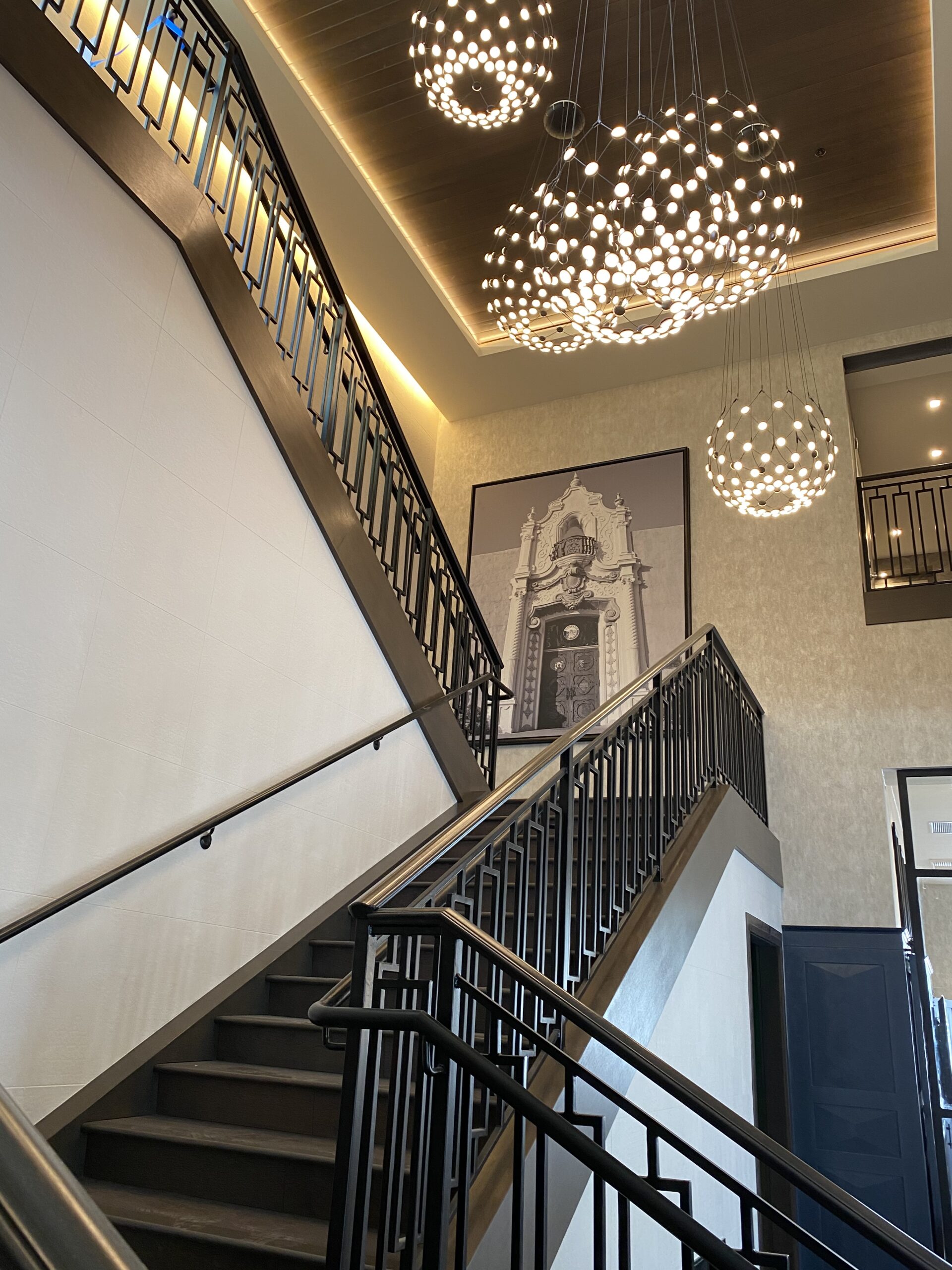
“One of our most unusual and interesting applications was a massive, interactive wall installation combining printed elements with LED lighting and motion sensors, creating an engaging and dynamic experience for hotel guests,” Hite says. “The combination of technology and traditional materials made it a standout project.”
These spaces also come with their own sets of challenges, of course. In particular, trying to install graphics without impacting the flow of business can be a critical factor in the success of a job.
“Flexibility and anticipation are key to mitigating onsite challenges,” Hite stresses. “Usually, the most impactful challenges are onsite limitations due to site work schedules and timing of access to spaces.
While projects are well-managed by the general contractor and other trades, challenges are minimal but expected. The goal is always to have few, or no, items called out on the final walkthrough prior to finishing the project.”
Conversely, Hite notes that the best reward is when a project is finished and the client is beyond pleased. He notes that many of their opportunities come from referrals from hotels they have worked with in the past.
Wayfinding & Signage
It’s not enough to have a grand lobby and guest room — you must also ensure guests can get around the property easily and find the places and things they’re looking for. That’s something Westmount Signs and Digital Imaging focuses on. Based in Kitchener, Ontario, Canada, the company “fell into” hotel wayfinding signage, notes its president, Tim Bezner.
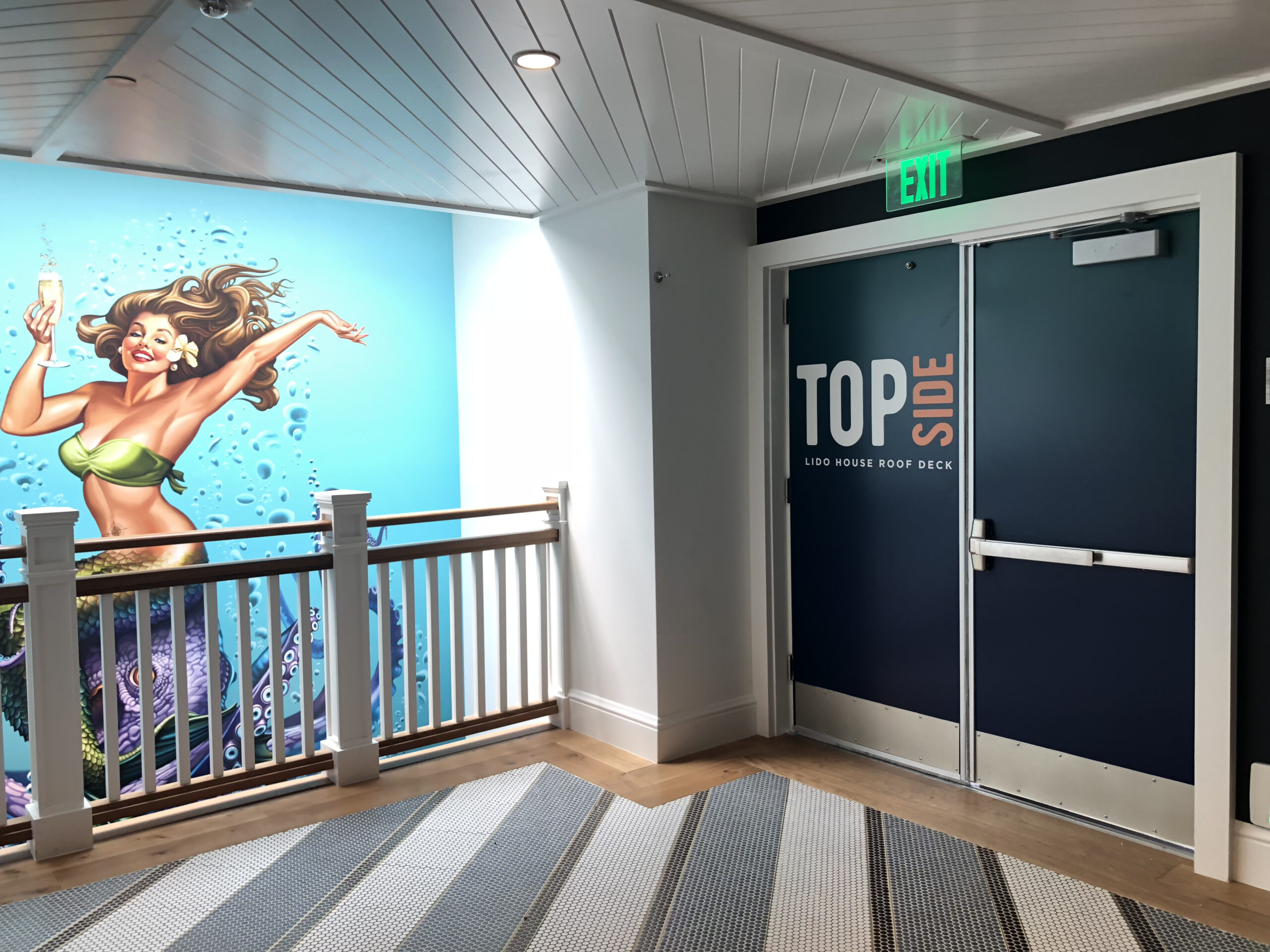
He says, “We sort of fell into it with requests for interior wayfinding, which we had to sub out to a different company that had a laser cutter. Once we saw the market potential, we invested in our own little 24″ VersaLaser, and [we] are now using a larger Trotec machine for engraving as well as some larger CO2 lasers for cutting acrylic. Our initial products were rather simple affairs, but as we gained experience and looked at some of the possibilities when combining laser cutting with the print quality of the wide-format machines, things really took off.”
Bezner notes that wayfinding is one of the most important parts of a hotel project to get right. “Once you can direct customers where to go, then you can spend time making the room identifiers a thing of beauty,” Bezner notes. “Many times, we will tour the facility with the owner, where their ‘pain points’ will be given to us, and then it is up to us to come up with a solution based on our experience with what works. One good sign can usually make up for two or three bad ones.”
In fact, coming up with creative ways to work wayfinding into the overall design of the space is something Bezner says his team enjoys. He explains, “We love it when we are presented with a theme and then turn the designers loose to come up with the creative. As an example, we were given the theme of ‘trees and forest,’ which gave us a lot of latitude with room names, icons, the color palette, and an overall theme that made the facility more cohesive. We were able to simulate wood grains and faux finishes that took things a step above simple engraved monochromatic signs.”
That doesn’t mean these projects don’t have their own unique challenges. In particular, Bezner notes that budgets can be a significant hurdle to overcome since many brands want to focus their dollars on areas they view as having a higher impact. That is one of the reasons his team has focused more on building a business around unique and creative wayfinding rather than just commodity signage.
“We are usually successful in this regard, as what we offer seems to have a higher perceived value than the dollars associated with it,” Bezner says. “Once we show them what we can do within their budget, it often leads to more areas they would like to consider. Durability is also very important — a hotel or convention system is a very high-wear area, and things can look ‘old’ quickly if proper materials aren’t selected at the outset.”
That said, Westmount Signs has found that referrals and word of mouth are some of the best ways to grow in this vertical market. Bezner stresses, “If you are good at what you do, then word of mouth seems to get you the next project without going looking for it. The margins are good, and a lot of little signs can add up to a significant amount over the course of a project. Your work can speak for itself.”
Event & Convention Spaces
For many modern hotels, it’s not just about the guest rooms. Many of them see a significant revenue stream from their event spaces. Whether that means smaller meeting rooms or larger convention spaces (or both), don’t overlook this opportunity when creating a cohesive hospitality experience.
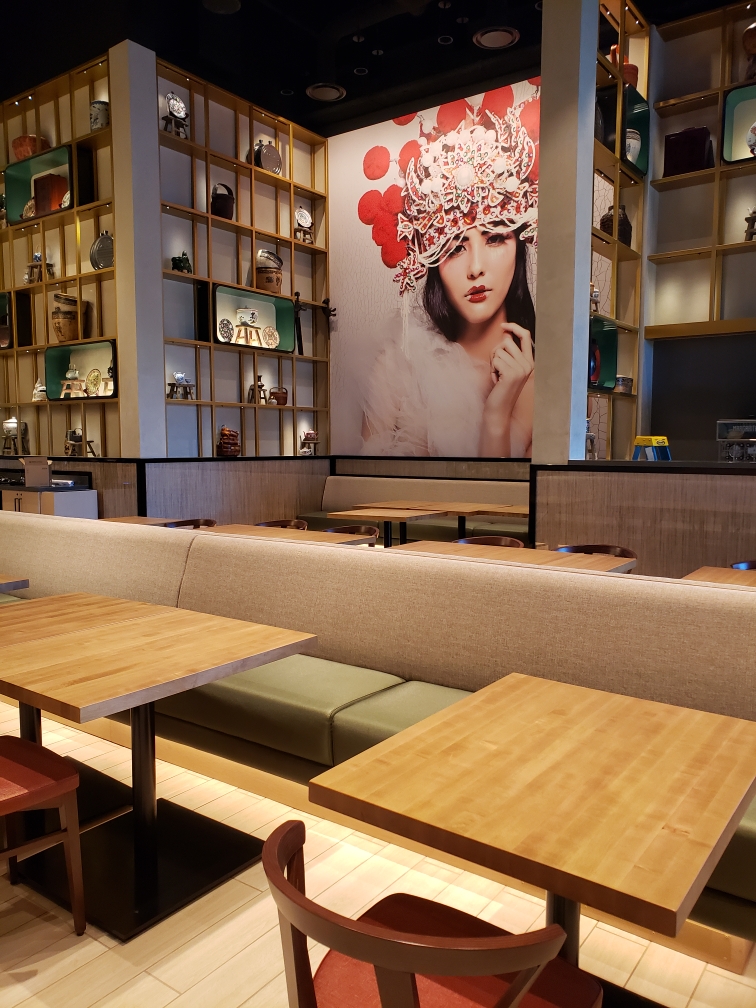
Based in Milwaukee, Wisconsin, and with facilities in Las Vegas, Orlando, Denver, and Grand Rapids, Michigan, Olympus Group has found a lucrative business in helping hotels brand event spaces for various events, many of which are jobs used for only short periods.
Brian Adam, Olympus Group’s president, notes that his company does a lot of work in Las Vegas working with many of the big hotels like the MGM Grand and Caeser’s Palace, which both have extensive convention center space.
The company started as a flag manufacturer more than 130 years ago and has evolved that deep knowledge of fabric printing into a diverse business. Dye-sublimation and SEG signage are particularly popular options for these spaces, Adam notes, as they are easy to put up and take down and to swap out as events come and go.
While the company offers some standard frame sizes and partners with a company that provides a modular system as well, Olympus Group has its own full fabrication department, enabling it to create unique elements to help the hotels and the events and brands they host stand out.
“Maybe Nike has a big show and wants a ‘swoosh,’” Adam says. “We can fabricate that. Another event wanted a 16′ tall Happy Meal box. We created the structure for it and wrapped it in fabric. That really stands out as a good example of our non-standard builds.”
Event spaces aren’t just interiors, either. Another project Adam describes was when Screaming Images — which Olympus Group later acquired — created and installed a custom sports jersey for the New York, New York hotel. “They draped a life-size jersey on the Statue of Liberty at the hotel,” he says. “That was a fairly unique project.”
Unlike the interior spaces, Adam notes that while his team creates the pieces, they work with professional installers to put them in place since many pieces are large or high up on buildings. “For example, for giant graphics on the outside of the Luxor,” says Adam, “we will hire installers with high rope access. They will rappel down the side of the building and install the graphics as they go down. We decided we were better off leaving that to the experts that specialize in nothing but graphic installation and focus on what we’re good at.”
For Adam, the biggest challenges come from both the quick turnaround times and the absence of a margin for error. “That event is opening whether you like it or not, and there are high expectations for the fit and finish at these properties. Everything has to fit perfectly — these are high-profile graphics for big events, representing a company’s brand.”
Putting it All Together
Described here are just the broad areas that nearly every hotel has. Whether a huge global chain looking to ensure a consistent experience across its properties or a small, local establishment looking to set itself apart from its competition, the graphics produced and installed are a critical element to its success.
The three PSPs featured here have advice on cultivating this vertical market for your business.
“Know the market and the competition. Pricing is much different than you may be used to and consumes much more project management labor and resources than expected,” says Hite. “The hospitality and corporate space market requires subject matter experts to be successful. It is not as simple as printing and installing a wall mural if you are in that market at scale.”
Bezner suggests starting out by just getting out there and paying attention. “I would start by taking a vacation to [PRINTING United Expo] and paying attention to what works and doesn’t work in the hotel where you are staying. Pretend you have won the job to revamp the wayfinding signs, then go talk to all the vendors at the show, including the laser engraving/cutting booths and the wide-format printing booths, and don’t forget to look at adhesives and tapes for installation. Look at faux wall coverings, textured vinyl, ADA braille software, and equipment, including UV printers or rotary engravers. Don’t forget to visit booths that offer complete sign systems that can be ordered online if you don’t have the equipment already purchased. The sky is the limit within this category, and you can make it as simple or
as complex as the client is willing to entertain.”
Finally, Adam stresses that shops should always look beyond the obvious graphics to find opportunities in these spaces. “A lot of people, when they think of hotel work, they think of work in the lobby or rooms. But there are a lot more opportunities, even in the smaller hotels. Don’t just look at the stuff in front of you — look at opportunities to support the meetings and events they are hosting.”
In the end, hotels and the hospitality space are ripe with opportunities for wide-format printers to capture. You have the technology and expertise to bring their creative visions to life and help them create immersive experiences for their guests, from when they pull up to the building until they head back home.
Graphics play a significant role in setting that tone and atmosphere, and your local hotels — and even the smaller motels — will welcome a partner who can come in and give them options for improving their guest experiences.

